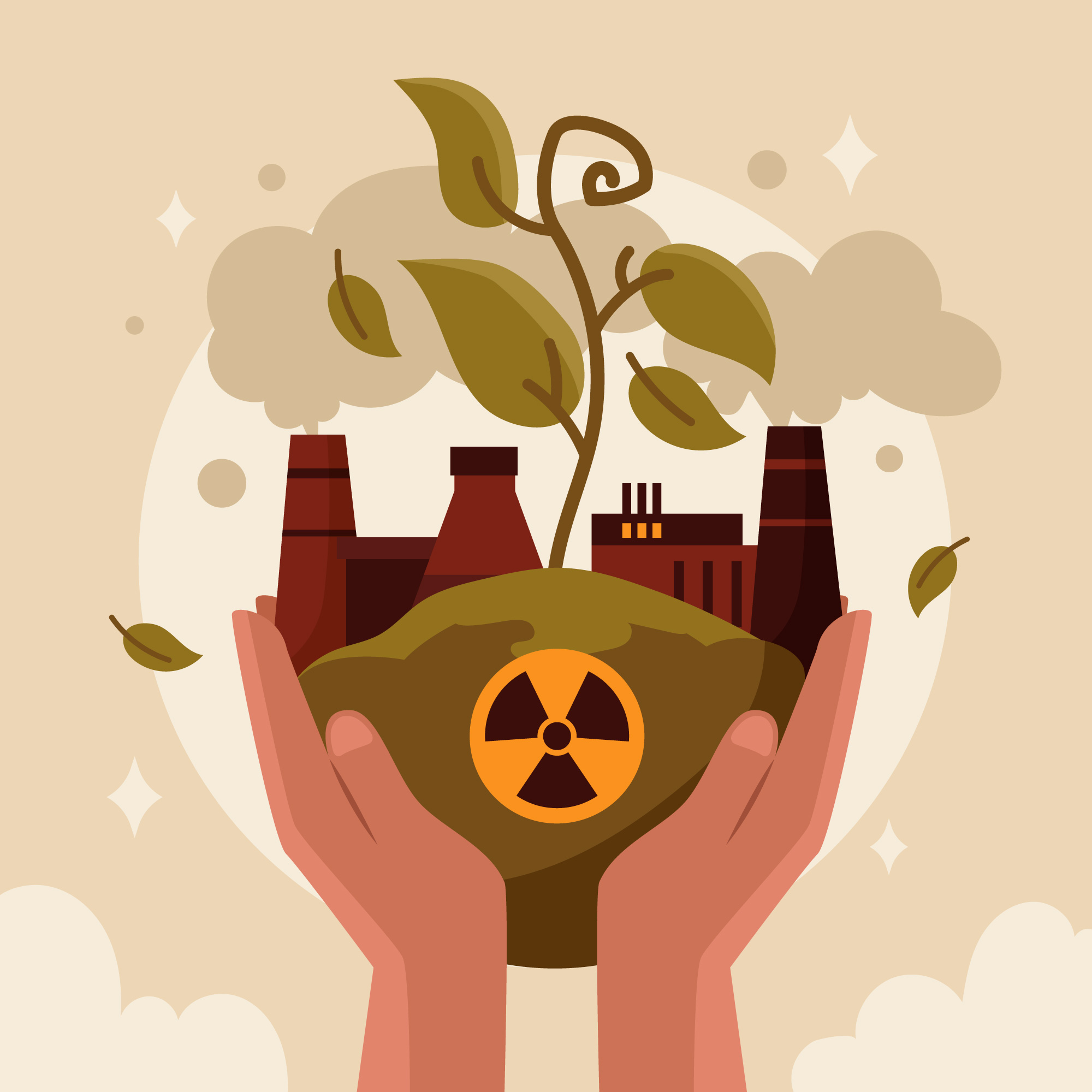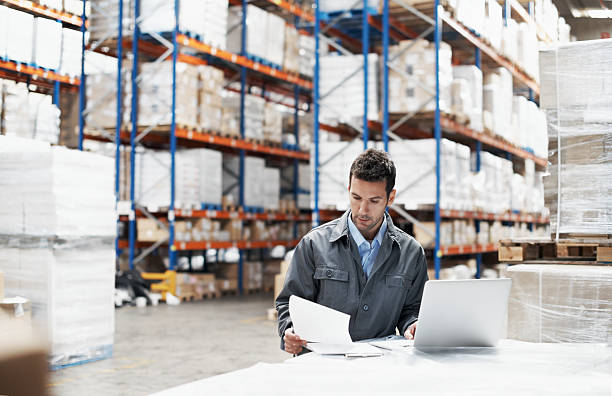When it comes to safeguarding our health, we often think about water filtration, air purification, and healthy diets. Yet, one invisible danger often overlooked is mycotoxins—toxic compounds produced by certain types of mold. Mycotoxins can contaminate the air, surfaces, and even ventilation systems in homes and workplaces, posing long-term health risks. This is where environmental mycotoxin testing becomes essential. By detecting harmful mold toxins early, you can prevent health issues, protect property, and create a safe living and working environment.
What Are Mycotoxins?
Mycotoxins are secondary metabolites produced by mold and fungi that can be highly toxic to humans and animals. Unlike mold spores, which are visible and cause allergic reactions, mycotoxins are invisible and chemical in nature. They can accumulate in building materials, furniture, fabrics, and even HVAC systems. Common indoor molds that produce mycotoxins include Aspergillus, Stachybotrys chartarum (commonly known as black mold), and Penicillium.
Why Mycotoxins Are a Hidden Health Threat
Exposure to mycotoxins can cause a range of health issues. Symptoms may vary depending on the level and duration of exposure, but often include:
- Persistent coughing and respiratory irritation
- Headaches, fatigue, and brain fog
- Allergic reactions and skin rashes
- Weakened immune system
- Long-term neurological effects in severe cases
The most concerning aspect is that mycotoxins are not always detectable by sight or smell. While visible mold may be obvious, mycotoxins can exist even after surface mold has been cleaned. Without proper testing, homeowners and employers may unknowingly expose occupants to these toxins.
How Environmental Mycotoxin Testing Works
Environmental mycotoxin testing is designed to identify whether dangerous mold toxins are present in your environment. Here’s how it typically works:
1. Initial Assessment
A professional inspector evaluates the property, looking for signs of moisture, leaks, or mold growth. Even if mold is not visible, they may detect conditions conducive to mycotoxin production.
2. Air and Surface Sampling
Samples are collected from the air, building materials, and surfaces. Advanced laboratory analysis then determines if mycotoxins are present and in what concentrations.
3. Laboratory Analysis
Specialized labs use cutting-edge techniques like ELISA (enzyme-linked immunosorbent assay) or mass spectrometry to detect and quantify specific mycotoxins.
4. Detailed Reporting
The results highlight which toxins were found, their potential health risks, and recommendations for remediation.
Benefits of Environmental Mycotoxin Testing
1. Early Detection of Hidden Risks
Testing helps uncover toxins that cannot be seen or smelled, providing a clearer picture of your indoor air quality.
2. Protecting Health and Well-Being
By addressing contamination early, you prevent chronic health problems caused by long-term exposure. This is particularly important for children, the elderly, and individuals with pre-existing health conditions.
3. Preserving Property Value
Mold contamination and mycotoxins can reduce property value and lead to costly repairs. Early detection and remediation safeguard your investment.
4. Creating a Safe Workplace
Employers have a responsibility to ensure workplace safety. Environmental mycotoxin testing helps prevent employee absenteeism, reduce liability risks, and foster a healthy work culture.
Signs You May Need Testing
While not every building requires regular mycotoxin testing, certain conditions increase the need for it:
- Recent or recurring water damage
- Persistent musty odors
- Employees or family members experiencing unexplained health issues
- Visible mold growth
- History of mold remediation in the building
If any of these factors apply to your property, testing can provide peace of mind and actionable insights.
Professional Remediation After Testing
If testing confirms the presence of harmful mycotoxins, the next step is remediation. Professionals use a combination of cleaning, removal, and air filtration techniques to restore indoor safety. Steps often include:
- Isolating contaminated areas
- Removing affected materials like drywall or carpets
- Using HEPA air filtration to capture airborne particles
- Applying non-toxic antimicrobial solutions
- Retesting to confirm successful remediation
This systematic approach ensures that toxins are fully eliminated rather than temporarily masked.
The Role of Prevention
While testing and remediation are crucial, prevention is equally important. Homeowners and business owners can reduce the risk of mold and mycotoxin buildup by:
- Controlling indoor humidity (ideally below 50%)
- Regularly maintaining HVAC systems
- Fixing leaks and water damage promptly
- Using dehumidifiers in damp areas such as basements
- Ensuring proper ventilation in kitchens, bathrooms, and laundry rooms
These proactive measures can greatly reduce the likelihood of dangerous contamination.
Conclusion
Protecting your health and property begins with awareness. Mycotoxins may be invisible, but their effects are very real. With the help of environmental mycotoxin testing, you can identify hidden threats, protect your family or employees, and ensure that your living and working environments remain safe. When combined with proper remediation and preventive maintenance, testing is one of the most effective defenses against toxic mold exposure.
In a world where environmental hazards often go unnoticed, from indoor toxins to external concerns like cell phone tower radiation effects cork, proactive testing empowers us to make healthier choices and create safer environments.



